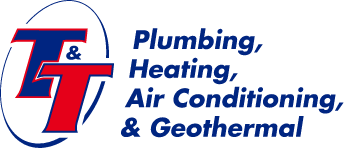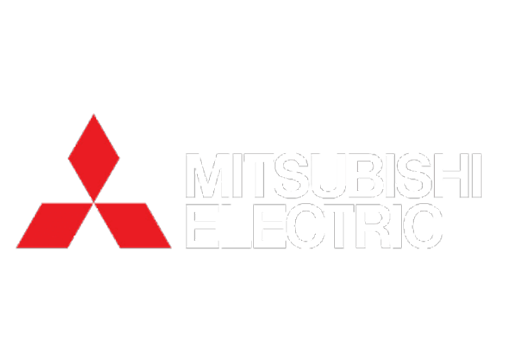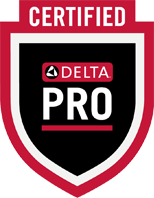As the temperature drops and winter settles in, your furnace system works tirelessly to keep your home warm and comfortable. However, like any appliance, it may face challenges that require attention from HVAC professionals.
Recognizing the signs that your furnace needs repair is crucial to ensure a cozy and well-heated home throughout the colder months. Below, we’ll go over some of the most common signs your furnace needs repairs and what could be causing these issues so you know when to get in touch with T&T Plumbing & Heating, Inc. for furnace repair.
1. Strange Noises
One of the first warning signs that your furnace might need attention is any unusual noise emanating from it. While some hums and clicks are normal, persistent banging, screeching, or rumbling noises could signal a problem with your HVAC system.
These sounds may result from issues such as a damaged blower motor, loose components, airflow problems, or even a cracked heat exchanger. A professional HVAC technician can diagnose the source of the noise and address the underlying issue. In some cases, simple adjustments or component replacements may be sufficient.
2. Irregular Heating
If you notice uneven heating throughout your home, with some rooms having too much warm air while others remain chilly, your furnace may be struggling. Inconsistent heating is often a sign of a malfunctioning thermostat, a clogged air filter, or issues with the distribution system.
Regular maintenance, including cleaning or replacing air filters, can resolve these issues. If the problem persists, an inspection and furnace service by an HVAC professional is essential to identify and rectify the root cause.
3. Higher Heating Bills
A sudden spike in your energy bills without a corresponding increase in usage can be a red flag of impending furnace failure. A poorly functioning furnace works harder to maintain the desired temperature, leading to abnormal furnace energy consumption and higher energy bills.
Addressing the specific issue causing the increased energy consumption, such as a malfunctioning thermostat, a clogged filter, or a worn-out component, can help restore the furnace’s efficiency and reduce energy costs. However, a drop in efficiency can also occur as an electric or natural gas furnace ages, which can be a sign it’s time for furnace replacement.
4. Frequent Cycling
Furnaces typically go through cycles to maintain a consistent temperature. However, if you notice the heating cycle starting and stopping sooner and more frequently than usual, it could indicate a problem. This constant cycling may result from issues like a malfunctioning thermostat, a clogged filter, or an oversized furnace.
5. Pilot Light Issues
For furnaces with a pilot light, irregularities in its color or stability can indicate problems. A healthy pilot light is typically blue and steady. A flickering or differently colored flame, such as yellow or orange, may suggest issues with the gas mixture or a problem with the heat exchanger or ventilation in natural gas furnaces. Adjusting the air-to-gas ratio, cleaning the pilot assembly, or addressing ventilation concerns can resolve pilot light issues. Seek professional HVAC service to avoid potential safety hazards.
6. Strange Odors
Unusual odors emanating from your furnace can be concerning. A musty smell may indicate mold growth in the ductwork, while a burning odor could suggest a mechanical problem, overheating, or issues with the electrical wiring. If you smell rotten eggs, this is a sign of a gas leak – evacuate the home and contact your gas company right away. If gas leaks are determined to stem from the furnace, you’ll need furnace repair services before using the heating system further.
8. Carbon Monoxide Leak
Carbon monoxide (CO) is a colorless, odorless gas produced during the combustion process in your furnace. A carbon monoxide leak can pose a severe health risk to you and your family. If your carbon monoxide detector goes off, it could be a sign of an issue with your heat exchanger or a blocked flue pipe.
If your carbon monoxide detector sounds an alarm, evacuate your home immediately. Contact emergency services and seek medical attention for any symptoms.
9. Water Leaks
Typically water leaks aren’t associated with furnaces; just air conditioner systems. However, discovering water around high-efficiency furnaces is a cause for concern and requires immediate attention. Unlike traditional furnaces, high-efficiency furnace models generate condensation as a byproduct of their efficient heating process. When you observe water pooling around the unit, it may indicate a problem with the condensate drainage system. A malfunctioning condensate trap, a blocked drainage line, or a cracked condensate pan could be potential culprits.
10. Furnace Has Difficulty Starting
Struggling with your furnace’s ignition process can be a clear indication that all is not well within its intricate system. Several malfunctions might contribute to trouble when the furnace starts. A malfunctioning thermostat can fail to send the signal to start the heating cycle, leaving you in the cold. Issues with the ignition system, whether it’s a faulty pilot light or a malfunctioning electronic igniter, can impede the furnace’s ability to start properly. Clogged burners or a dirty flame sensor may also disrupt the ignition process, hindering the furnace’s performance.
Get Help with These Furnace Problems and More
If you’ve noticed any of these signs or suspect that your furnace needs attention, don’t hesitate to contact T&T Plumbing & Heating, Inc. Our team of experienced technicians is ready to diagnose and address any furnace issues, ensuring your home stays warm and cozy all winter long. Schedule your furnace repair service today and experience the difference of a well-maintained heating system. Stay warm, stay comfortable!





